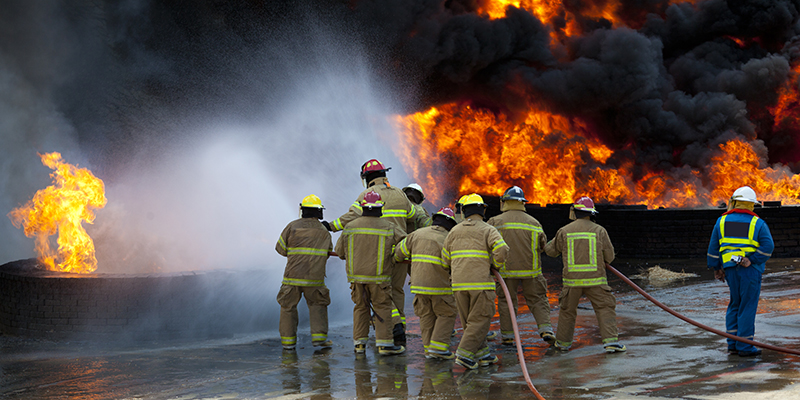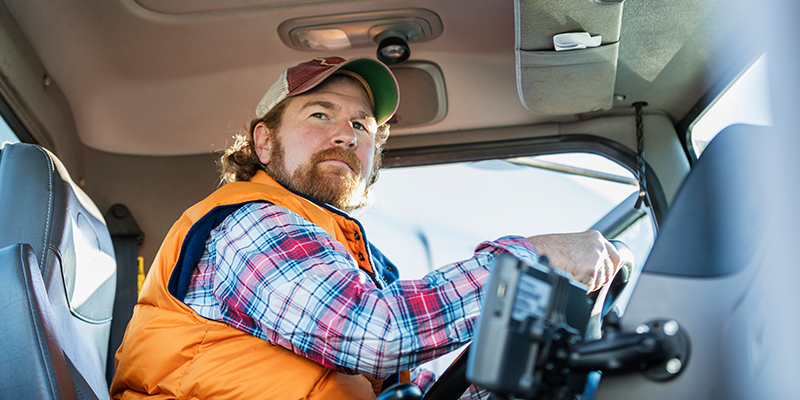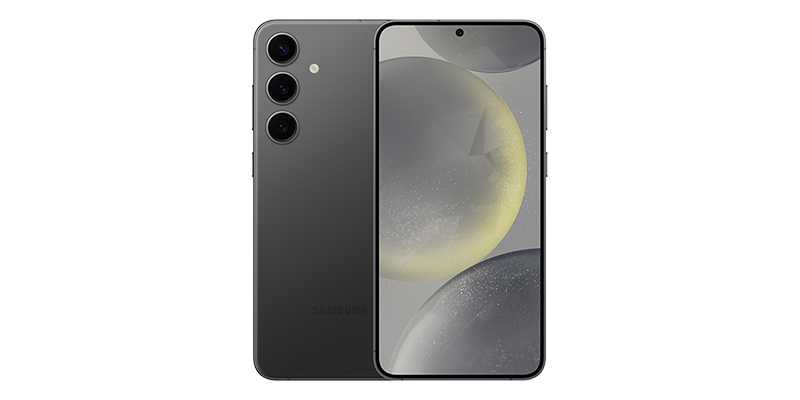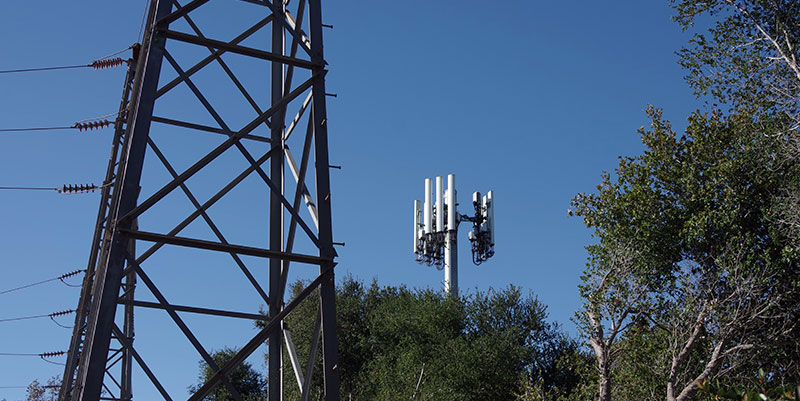Best Features Public Safety Officials Should Look For In Priority Services and Connectivity
When it comes to priority services, safety and security of the communities that our law enforcement serves is key, and for public safety agencies to be connected at all times.

When dealing with an incident or emergency, law enforcement, fire and rescue teams are typically the first to arrive and last to leave a scene, making important life-saving decisions in the thick of it. Staying connected becomes a necessity and losing connectivity to their wireless services could have serious consequences. They must always be responsive and know that those designated to serve and protect are always going be able to communicate with each other and with the public.
Unfortunately, there have been many incidents, such as criminal activity, infrastructure disruptions and natural disasters, that can overwhelm a network. Networks are not immune to these types of events, and there have been instances where law enforcement or public safety agencies were not able to use their devices to fully communicate to the public and between one another.
For example, during a 2011 earthquake on the East Coast, the vast number of people using their cell phones overloaded the cellular networks, preventing first responders from communicating. During the Parkland, Florida school shooting in February of 2018, cell phone networks were also overwhelmed by those inside the building calling for help. These are extremely sensitive situations during which the ability to communicate between the agencies is of utmost importance.
Whatever causes people to use their devices heavily, it creates congestion in the network. An event like the Superbowl or a packed concert where tens of thousands of attendees are gathered in a single location could also cause a network to become overwhelmed at times. That’s why prioritization is critical. In these situations, it’s important that safety officials communicate, and having priority over regular traffic can help them do so with ease.
Spreading the Wealth
As priority services have evolved to provide first responders exclusive access to networks during emergencies, cellular companies in conjuction with CISA (Cybersecurity and Infrastructure Security Agency) have expanded to provide secondary priority in telecommunications services to educational institutions.
For any safety security incident that involves a school, staff and teachers have priority services on a level above students but below law enforcement when it comes to network congestion.
This is why educational institutions should consider issuing official devices, versus a model where staff use their private phones, so they qualify for priority services. It could be a matter of life and death whether you have priority services because staff communication could be signaled back to the public safety officials or law enforcement.
Best Features for Priority Services
When purchasing priority services, first responders should look for a combination of:
Data Priority Service (DPS)— prioritization of data networks
Wireless Priority Services (WPS)—priority over the voice network
Data & Wireless Priority for Public Safety ensures that first responders and critical support teams stay connected during high-traffic and emergency situations. It pulls first responder data and voice out of the crowd and pushes it to the front of the line. During high-traffic public events or an emergency, lower priority data and voice can be temporarily reallocated, so your first response team stays connected, allowing you to access and share mission critical data and voice usage even during times of peak cellular data usage.
Every wireless carrier offers priority services, though they go about it differently, but there's not really a right or wrong approach. Some have a separate network built for priority and with others like UScellular, prioritization goes on every tower, and it's not network specific. In other words, we don't build a separate network for prioritization.
However, there are times where different tiers of customers or agencies may not even realize that they qualify for priority services. And so, it's important for them to ask questions about the different tiers and where they may qualify from a government perspective on a priority network.
It’s also essential to know whether your carrier owns their network because priority services will only work when you’re on the carrier’s native network. For example, if you are operating on a different carrier’s network, despite having national coverage, you will still not receive prioritization. So many carriers focus on major metro areas, whereas others focus more on rural areas. And so, it’s critical for those in rural parts of the country to ask who owns the network they use.
UScellular® provides your agencies with a fast and reliable 5G network, personalized local support and superior connectivity with voice and data priority for wireless devices to qualifying organizations. Speak with your local government account representative about how you can get Priority services added to your connection no additional cost. Visit Priority Services or phone 866-616-5587.







